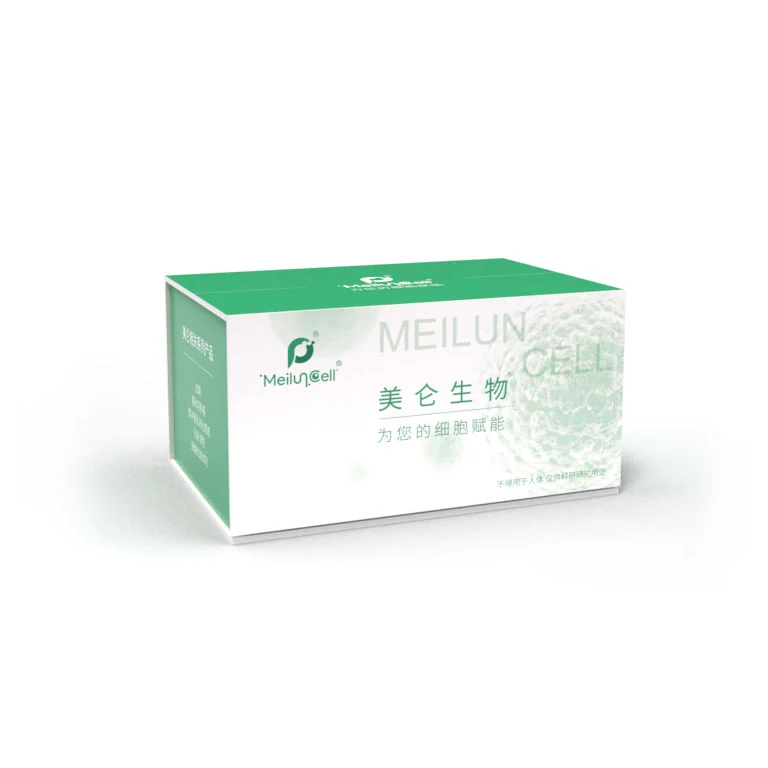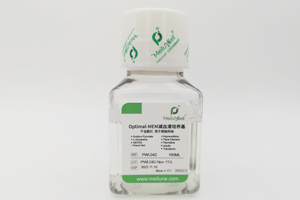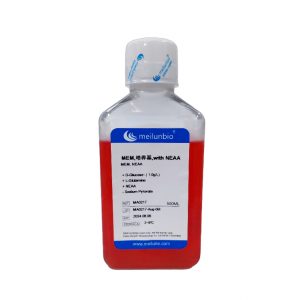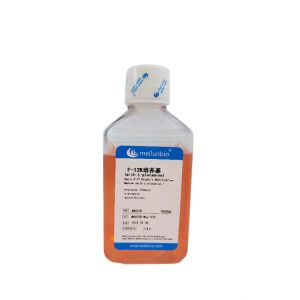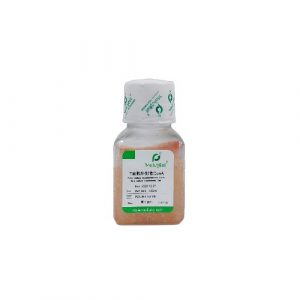Product Description
The principle of ATP bioluminescence technology is that luciferase, using luciferin, adenosine triphosphate (ATP) and O2 as substrates, can convert chemical energy into light energy in the presence of Mg2+. ATP is both a necessary substrate for luciferase-catalyzed luminescence and a source of energy for the life activities of all organisms. In the luciferase-catalyzed luminescence reaction, ATP has a linear relationship between its concentration and luminescence intensity within a certain concentration range.
This kit uses a bioluminescence method that utilizes Firefly luciferase to catalyze the conversion of the substrate, luciferin, to efficiently utilize the energy of ATP and emit photons. The number of viable cells in a culture can be determined by quantifying the ATP present in metabolically active cells. The addition of the product to the cell culture causes the cells to lyse and release ATP, which emits a stable luminescent signal whose intensity is proportional to the amount of ATP within a certain range, indirectly reflecting the number of viable cells in the sample.

Designed for use in multiwell plates, this kit is ideal for automated high-throughput screening, cell proliferation and toxicity analysis. The homogenization step of the assay involves adding a single reagent directly to serum-containing cultured cells, eliminating the need to wash the cells, remove the medium, or perform a multi-step spiking operation. The unique homogenization protocol avoids errors that can be introduced by ATP assays that require multiple steps.
- CellTiter-Meiluncell Luminescent Cell Viability Assay Features:
Simplified cell viability assay steps: The homogeneous “sample-mix-assay” protocol reduces the number of steps required by other similar assays. - Fewer cells: Accurately detects cells below the low limit of detection of commonly used colorimetric and fluorescent assays. Reduces the number of cells required for each assay reaction.
- Rapid results: data is available 10 minutes after reagent addition.
- Self-selectable assay protocols: Available for multiple types of multiwell plate operation. Data can be recorded with a luminescence detector or CCD imaging device.
- Continuous processing of plates: luminescence signal is stable and samples can be processed in batches.
Performance

Figure 1. Detection of bioluminescence stability.
Comparing CellTiter-Meiluncell to company P, the bioluminescence intensity of CTLL-2 cells (RPMI1640 medium) in 20,000 cells/well was detected for 3 hours.
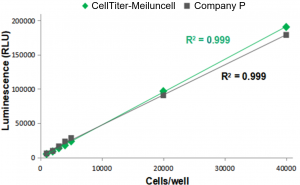
Figure 2. Comparison of linear range for different cell numbers.
Comparing CellTiter-Meiluncell to company P, the bioluminescence intensity of different numbers of CHO-K1 cells (CD-CHO culture medium) was detected in black 96-well plates and prepared a standard curve.
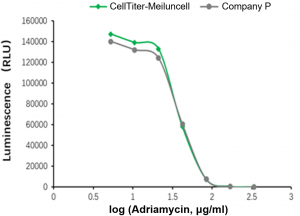
Figure 3. CellTiter-Meiluncell and P company products were used to detect the IC50 of doxorubicin in killing SW620 cells.
| Products | IC50(μg/ml) |
|---|---|
| CellTiter-Meiluncell | 37 |
| Company P | 37 |
CellTiter-Meiluncell has the same basic performance as company P’s and can achieve seamless switching. Actual readings will vary depending on cell types, detection instruments, etc. The data in the picture are for reference only.
Shipping and Storage
- Storage:For long-term storage, store the kit at -20°C, protected from light, for one year. For frequent use, the kit can be stored at +4°C to +8°C or room temperature for 48 hours without loss of activity.
- Shipment:Dry ice shipping
Usage Statement
Research Use Only (RUO)
All sales are subject to the General Terms and Conditions of Sale set forth on our website.

